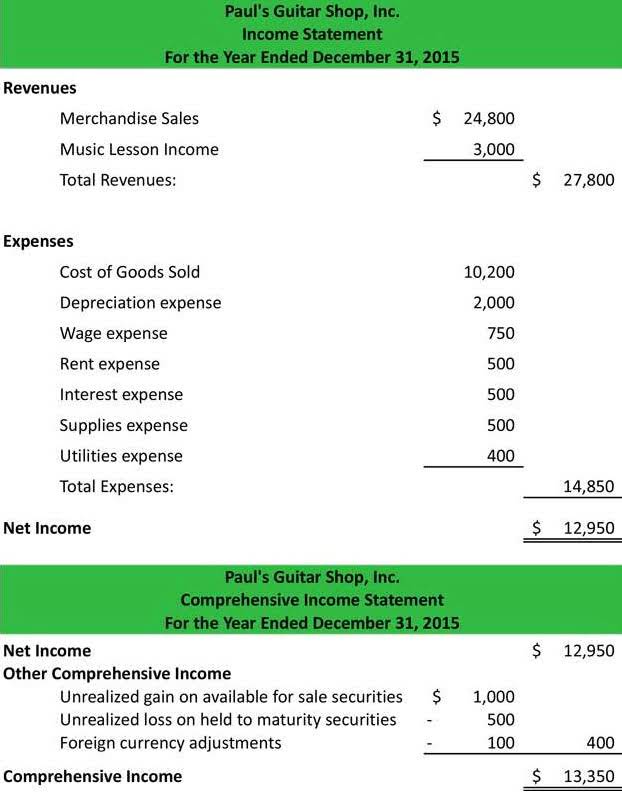Chart Of Accounts: Definition, Types And How it Works
30.05.2024
Each of its six segments capture a different element (who, what, where, when, and how) of the transaction. First, let’s look at how the chart of accounts and journal entries work together. A record in the general ledger that is used to collect and store similar information. For example, which account number digit identifies the primary account classification/ledger division? a company will have a Cash account in which every transaction involving cash is recorded. A company selling merchandise on credit will record these sales in a Sales account and in an Accounts Receivable account. A gap between account numbers allows for adding accounts in the future.
Introduction to Chart of Accounts

In addition to assisting with financial statement creation, there are other advantages to using a chart of accounts. But you need to understand this part of bookkeeping and accounting whether you use a manual system or an online one such as QuickBooks. A chart of accounts is helpful whether you are using FASB, GASB, or special purpose frameworks. Changes – It’s inevitable that you will need to add accounts to your chart in the future, but don’t drastically change the numbering structure and total number of accounts in the future. A big change will make it difficult to compare accounting record between these years.
Chart of Accounts (Explanation Part
- Separating expenditures, revenue, assets, and liabilities helps to achieve this and ensures that financial statements are in compliance with reporting standards.
- If you keep your COA format the same over time, it will be easier to compare results through several years’ worth of information.
- So, let me summarize and say once more what the accounting sequence is.
- Those could then be broken down further into, e.g., current assets ( ) and current liabilities ( ).
This coding system is important because the COA can display many line items for each transaction in every primary account. This would include your office rent, utilities, and office supplies. I have primarily audited governments, nonprofits, and small businesses for the last forty years. So, let me summarize and say once more what the accounting sequence is.
Can a chart of accounts be customized to fit specific business needs?
It’s the first step in setting up your business’s accounting system. The chart of accounts clearly separates your earnings, expenditures, assets, and liabilities to give an accurate overview of your business’s financial performance. Similar to a chart of accounts, an accounting template can give you a clear picture of your business’s financial information at a glance.
This acts as a company financial health report that is useful not only to business owner, but also investors and shareholders. As I close, let me encourage you to give your chart of account decisions plenty of thought. If you don’t give your chart of accounts the early love it deserves, you may regret it. Creating a new accounting systems six years out, for example, would be a major headache. Next, I’ll show you how the chart of accounts is a part of the financial statement building process.
Assets are resources your business owns that can be converted into cash and therefore have a monetary value. Examples of assets include your accounts receivable, loan receivables and physical assets like vehicles, property, and equipment. If you don’t leave gaps in between each number, you won’t be able to add new accounts in the right order. For example, assume your cash account is and your accounts receivable account is 1-002, now you want to add a petty cash account. Well, this should be listed between the cash and accounts receivable in the chart, but there isn’t a number in between them.
Account Segments: Income statements
- Many small businesses opt to utilize online bookkeeping services, not only for invoicing and expense tracking but also for organizing accounts and ensuring tax season goes smoothly.
- For example, in the preceding table, total cash can be determined by adding all accounts preceded with 10-10.
- The COA is usually hierarchical, with accounts organized in categories and subcategories.
- Assets are resources your business owns that can be converted into cash and therefore have a monetary value.
- A chart of accounts is a small business accounting tool that organizes the essential accounts that comprise your business’s financial statements.
- You may also wish to break down your business’ COA according to product line, company division, or business function, depending on your unique needs.
- This is crucial for providing investors and other stakeholders a bird’s-eye view of a company’s financial data.
Size – Set up your chart to have enough accounts to record transactions properly, but don’t go over board. The more accounts you have, the more difficult it will be consolidate them into financial statements and reports. Also, it’s important to periodically look through the chart and consolidate duplicate accounts. A standard COA will be a numbered list of the accounts that fill out a company’s general ledger, acting as a filing system that categorizes a company’s accounts.
- A company selling merchandise on credit will record these sales in a Sales account and in an Accounts Receivable account.
- Utilizing accounting tools like these will ensure a better workflow, helping you grow your company.
- There are five main account type categories that all transactions can fall into on a standard COA.
- The more accounts you have, the more difficult it will be consolidate them into financial statements and reports.
- The firm offers bookkeeping and accounting services for business and personal needs, as well as ERP consulting and audit assistance.
- The number of figures used depends on the size and complexity of a company and its transactions.
How to Create a Numbering System for a Chart of Accounts

The relationship between journal entries and the chart of accounts is akin to the relationship between a script and its cast of characters. The COA serves as the cast—a structured list of all accounts where financial transactions can be recorded. Journal entries, on the other hand, are the script— the actual recording of financial transactions as they occur. A company’s organization chart can serve as the outline for its accounting chart of accounts. Each department will have its own phone expense account, its own salaries expense, etc. This numbering system helps bookkeepers and accountants keep track of accounts along with what category they belong two.


